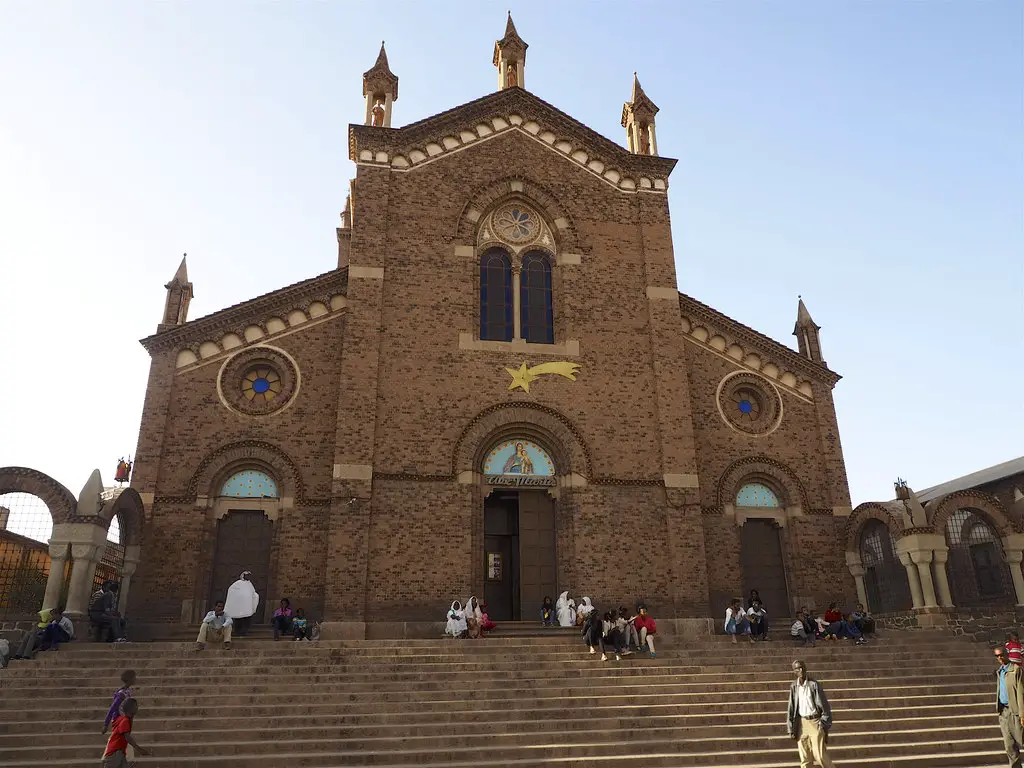💪 Support independent web, support us:
Asmara Cathedral, also known as the Enda Mariam Cathedral, is a beautiful Roman Catholic church located in the heart of Asmara, the capital city of Eritrea.
What to see or do: Visitors can admire the stunning architecture of the cathedral, which features a unique blend of art deco and Romanesque styles. The interior is equally impressive, adorned with colorful stained glass windows and intricate frescoes.
Don’t miss: Make sure to take a moment to appreciate the peaceful and serene atmosphere inside the cathedral. And don’t miss the chance to attend a Sunday mass, which is held in Tigrinya, the local language.
Insider travel tips: The cathedral is open to visitors every day, but it’s best to visit during the morning hours when the light filters through the stained glass windows to create a magical atmosphere.
Be sure to dress respectfully during your visit and keep in mind that photography is not allowed inside the cathedral.
2. Fiat Tagliero Building
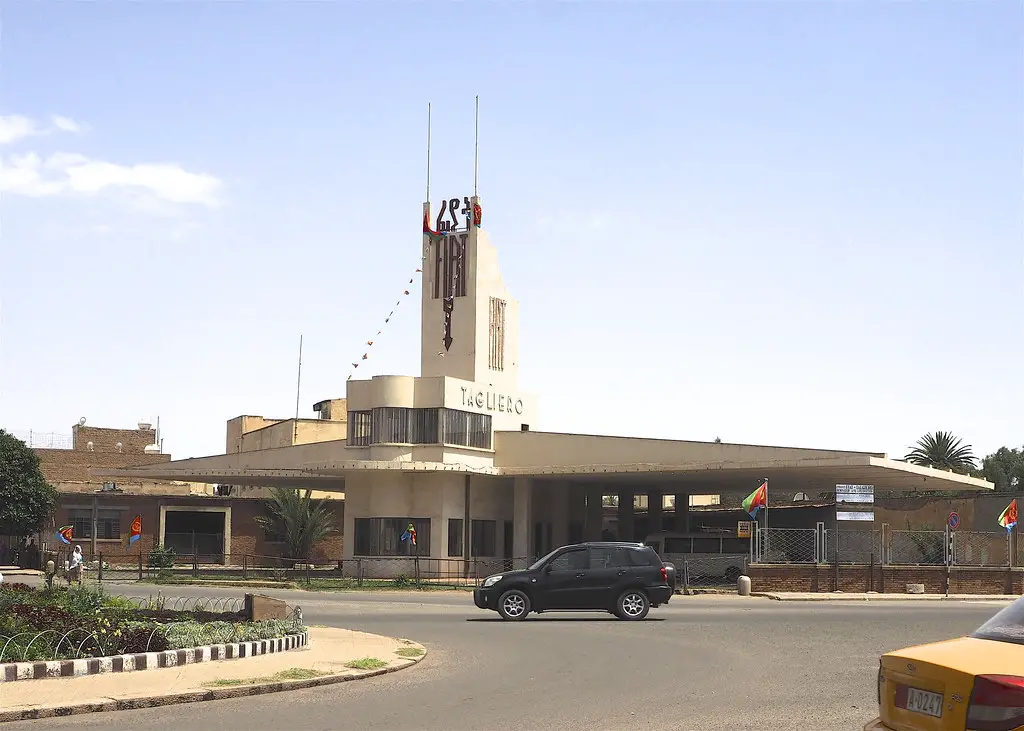
The Fiat Tagliero Building is an iconic modernist building located in Asmara, Eritrea.
What to see or do: Visitors can appreciate the unique design of the building, which resembles an airplane about to take off. It was built in 1938 and served as a petrol station for the Italian company, Fiat.
Don’t miss: The stunning cantilevered roof of the building, which is supported by pillars shaped like airplane wings. It is considered an engineering marvel of its time.
Insider travel tips: Be sure to take a guided tour of Asmara to learn about the city’s rich history and architecture.
The Fiat Tagliero Building is just one of the many beautiful buildings that make up Asmara’s Art Deco district, which is a UNESCO World Heritage Site.
Also, be prepared for hot weather as Eritrea is in the desert and the sun can be intense.
3. Cinema Impero Building
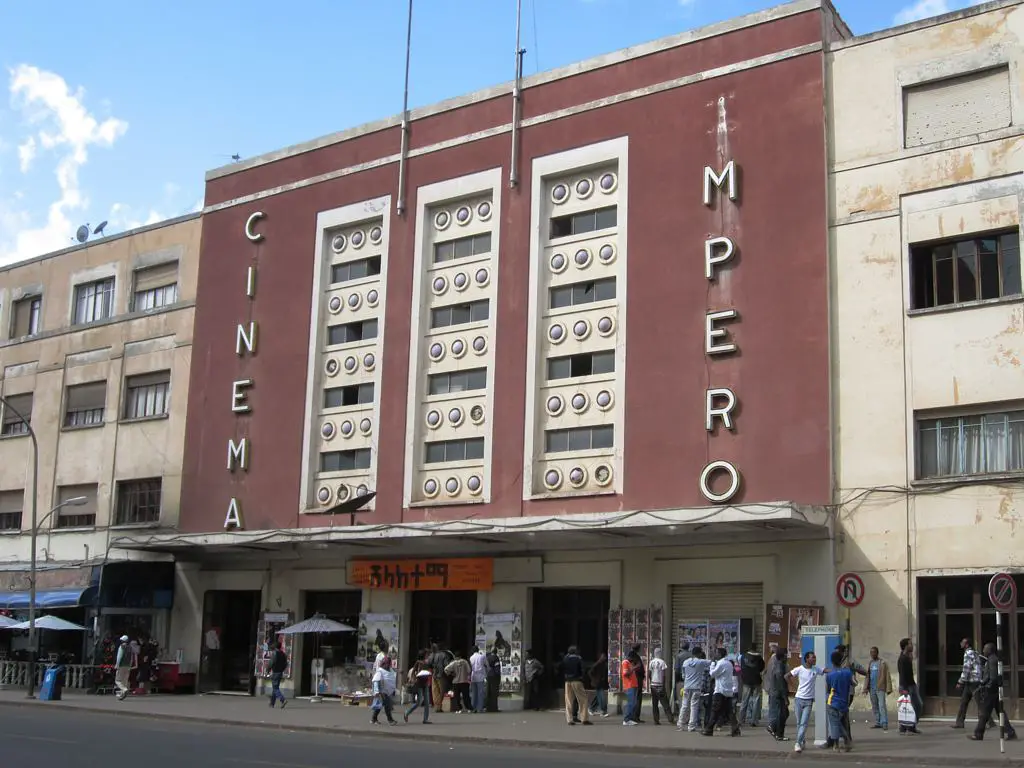
Historic building in Asmara, Eritrea, that housed the Cinema Impero.
What to see or do: Admire the distinctive Art Deco architecture and design of the building, which was constructed in 1937 during Italy’s colonial rule of Eritrea.
Don’t miss: Exploring the surrounding area of Asmara, which is known for its concentration of well-preserved Modernist architecture and is recognized as a UNESCO World Heritage Site.
Insider travel tips: Be sure to also visit some of the other notable buildings in the area, such as the Fiat Tagliero Service Station and the former Governor’s Palace, to fully appreciate the unique architectural legacy of Asmara.
4. Tank Graveyard
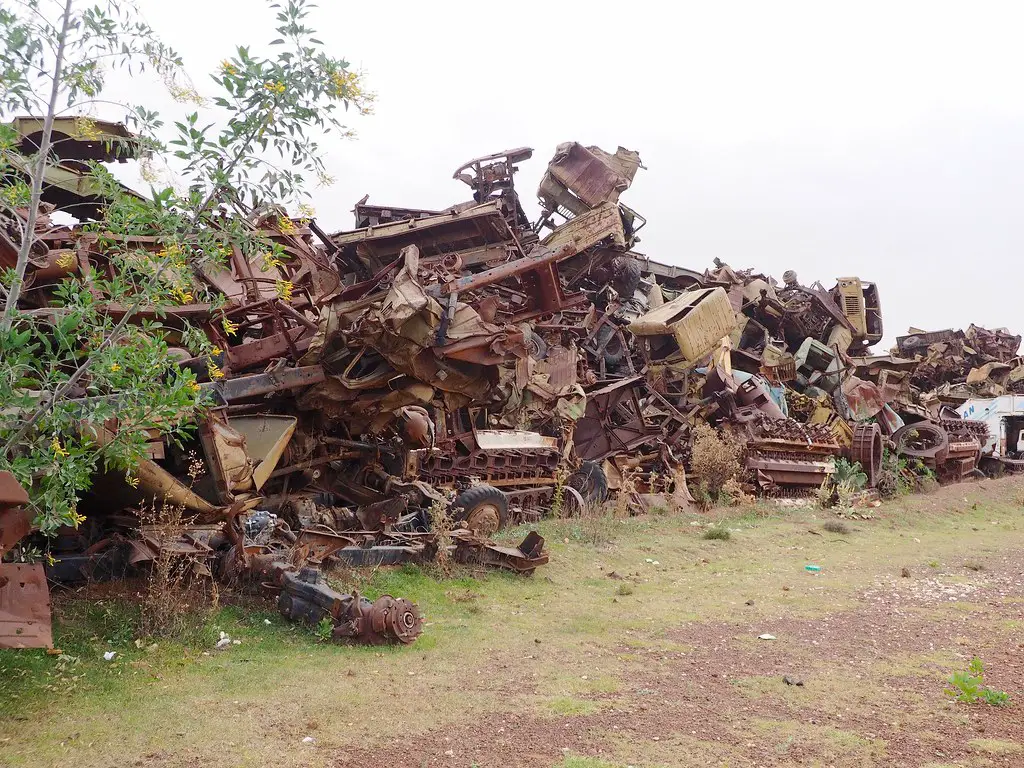
The Tank Graveyard is a collection of abandoned military tanks located in a field in the countryside.
What to see or do: Visitors to the Tank Graveyard can explore rows of rusted tanks and military vehicles, some of which date back to World War II.
It’s a striking sight to see so many massive machines left to decay in one place.
Don’t miss: The highlight of the Tank Graveyard is the opportunity to climb inside some of the tanks and explore the interiors.
It’s a chance to get up close and personal with history and experience what it was like to operate one of these military vehicles.
Insider travel tips: Be sure to wear sturdy shoes and clothes that can get dirty since the area is not maintained as an amusement park attraction.
It’s also best to visit during daylight hours since there are no lights in the area and it can be difficult to see in the dark.
While it’s possible to drive to the Tank Graveyard, many visitors opt to walk or bike to truly immerse themselves in the experience.
5. National Museum of Eritrea
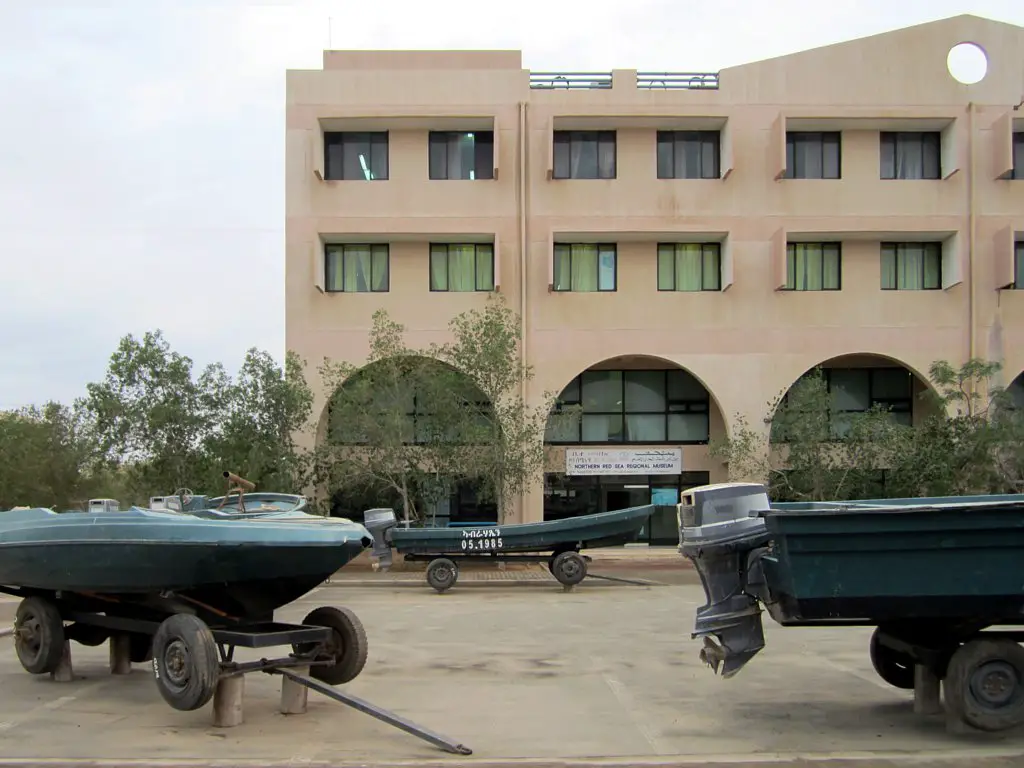
The National Museum of Eritrea is a museum located in the capital city of Asmara, showcasing the prehistory, history, and culture of Eritrea.
What to see or do: Explore the museum’s exhibits that include collections of ancient artifacts, traditional costumes, artworks, and ancient manuscripts.
Visitors can learn about the history of Eritrea, including its colonial past, the country’s struggle for independence, and its cultural diversity.
Don’t miss: Don’t miss the chance to see the original Bibles that are more than a thousand years old, as well as the mummified remains of the ancient inhabitants of the country.
Insider travel tips: The museum is open to visitors six days a week from Monday to Saturday.
6. Opera House
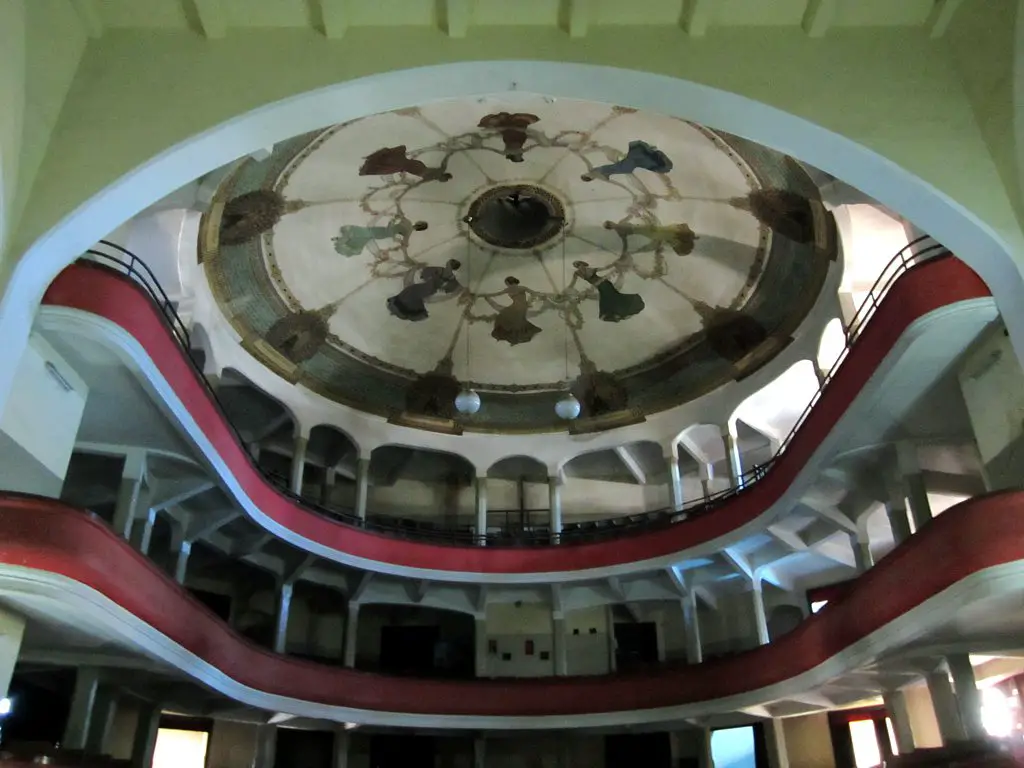
The Sydney Opera House is a multi-venue performing arts center. It is one of the most iconic landmarks of Australia and a UNESCO World Heritage Site.
What to see or do: Take a guided tour of the Opera House to explore the architectural marvel and learn about its history. Attend a live performance of opera, ballet, theater, or music at one of the multiple venues.
Enjoy drinks and snacks at the Opera Kitchen or Bennelong Restaurant, with stunning views of the harbor.
Don’t miss: The Sydney Opera House is best viewed at dawn or dusk when the sails of the building are illuminated in different colors.
Attend a backstage tour to learn about the behind-the-scenes functions of the Opera House.
Insider travel tips: Book your tickets for performances and guided tours well in advance, especially during peak season. If you’re on a budget, attend a lunchtime concert or free event.
Enjoy a picnic at the adjacent Royal Botanic Garden and enjoy the view of the Opera House for an unforgettable experience.
7. British War Cemetery
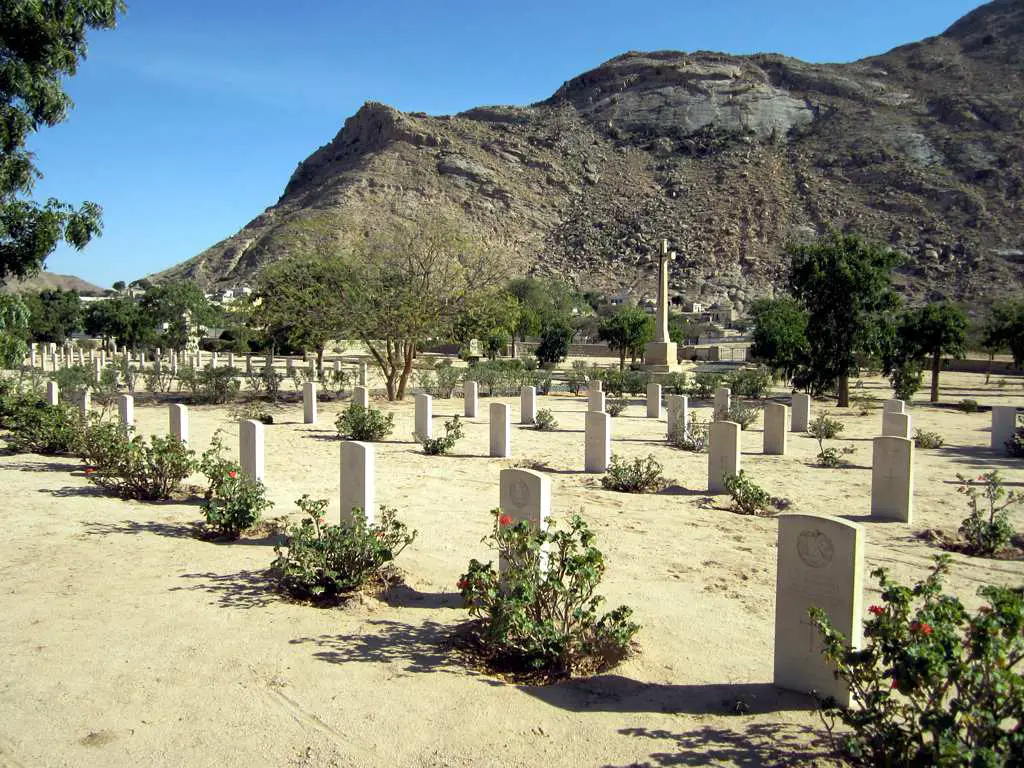
The British War Cemetery is a solemn memorial site that commemorates the sacrifice of British soldiers who lost their lives during various wars around the world.
What to see or do: The cemetery is beautifully maintained and offers a soothing atmosphere to visitors. Here, you’ll find rows of headstones beautifully adorned with flowers and well-manicured green lawns.
The cemetery is well laid out, with each headstone carefully inscribed with the name, rank, and regiment of the fallen soldier.
Don’t miss: Don’t miss the Cross of Sacrifice – a large white cross that stands at the center of the cemetery, symbolizing the ultimate sacrifice made by the brave soldiers.
Also, take a moment to explore the beautifully maintained Memorial building at the entrance of the site.
Insider travel tips: – The cemetery is open from Monday-Sunday, and admission is free.
8. Debre Bizen Monastery
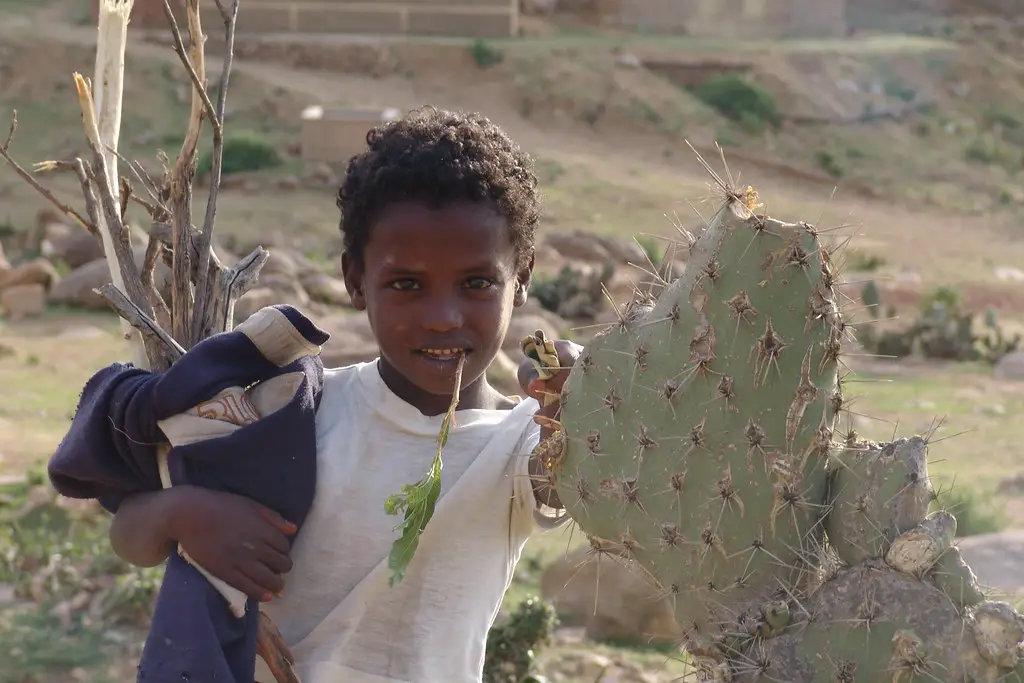
Debre Bizen Monastery is an important religious site located in the Tigray region of Ethiopia.
What to see or do: Visitors can explore the ancient monastery complex which includes several churches, monastic cells, and a museum. The monastery is perched on a hilltop and offers stunning views of the surrounding countryside.
Don’t miss: The most iconic feature of the monastery is the imposing cliff-face that looms above its entrance. Visitors can also witness the fascinating religious ceremonies of the Debre Bizen monks.
Insider travel tips: The climb up to the monastery can be challenging, but it is definitely worth it for the incredible views at the top.
Visitors should also dress modestly and be respectful of religious customs while on the premises.
9. Dahlak Marine National Park
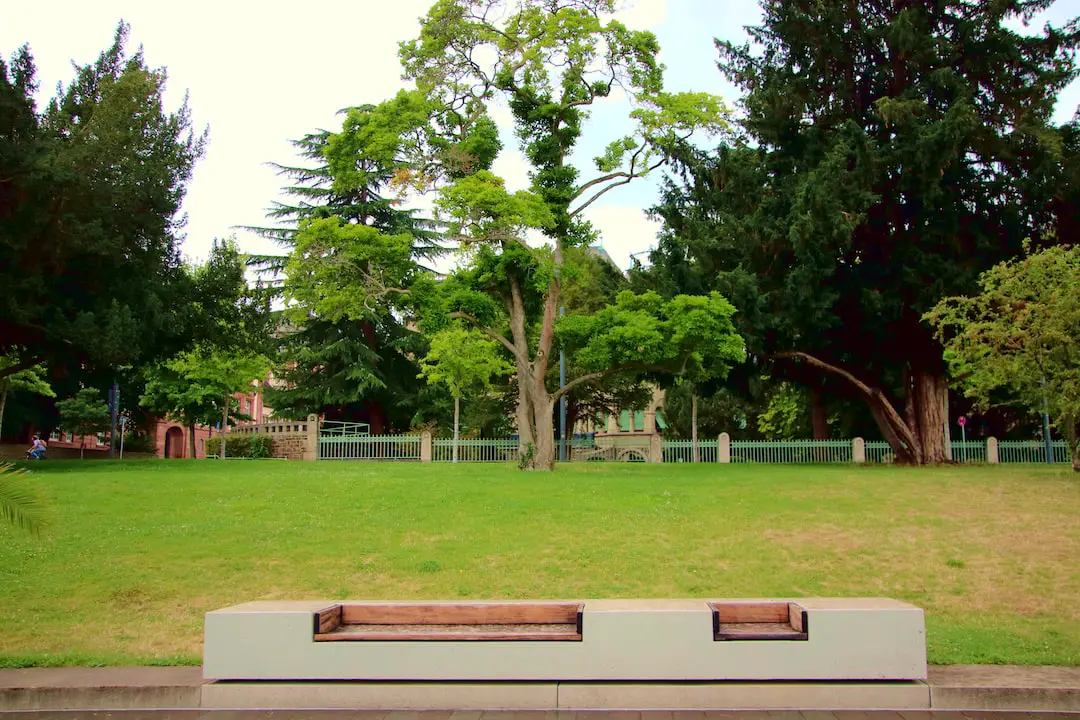
A protected area of the Red Sea in Eritrea, consisting of a group of islands and coral reefs.
What to see or do: Snorkel or dive in crystal clear waters, and explore the diverse marine life, including sea turtles, dolphins, and colorful fish. You can also relax on the pristine white sand beaches or take a boat ride to explore the uninhabited islands.
Don’t miss: The chance to swim with manta rays near the Ras Kebir Island, and the breathtaking views of the colorful coral gardens.
Insider travel tips: – Visit between October and April when the weather is the clearest and calmest for snorkeling and diving.
10. Adulis Archaeological Site
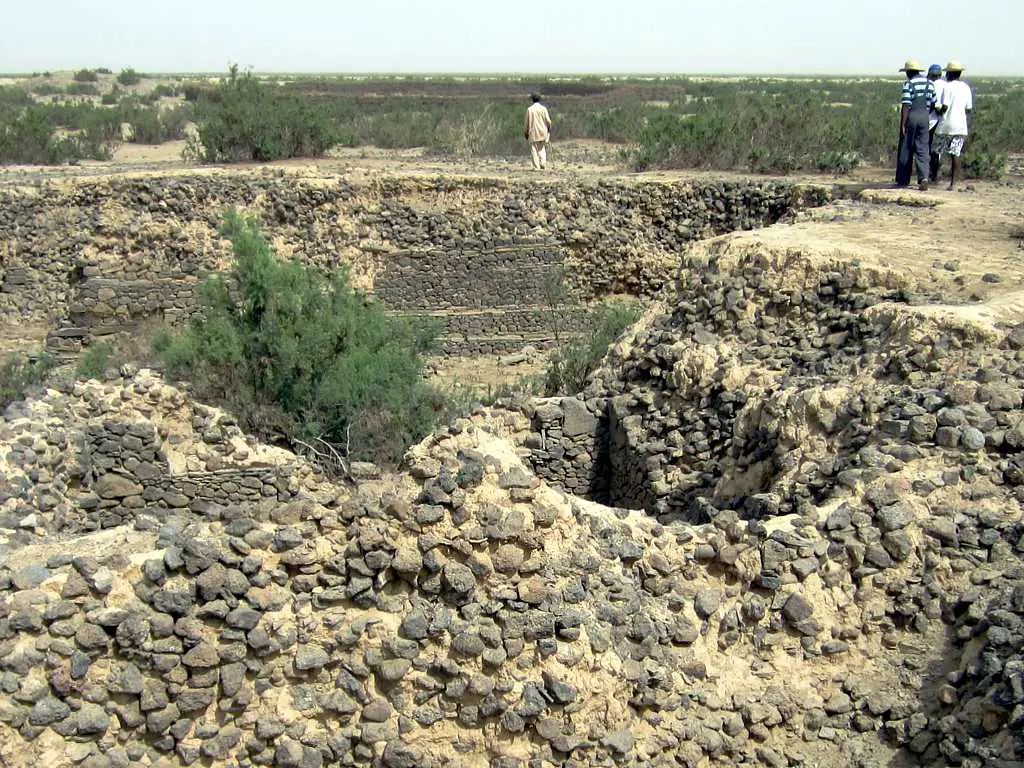
Adulis Archaeological Site is an ancient port city located on the coast of the Red Sea in Eritrea.
What to see or do: Visitors can explore the ruins of the city, which include tombs, temples, public buildings, churches, and a large bath complex. The site also features a museum with artifacts found during excavations of the area.
Don’t miss: Be sure to check out the impressive Aksumite architecture, which dates back over 1,500 years. The ruins are also surrounded by beautiful scenery and provide an opportunity to relax and take in the breathtaking views.
Insider travel tips: Plan your trip to Adulis Archaeological Site during the cooler months between November and February to avoid the intense heat of the summer.
Consider hiring a local guide to help navigate the site and learn more about its history and significance.
11. Cathedral of Our Lady of the Rosary
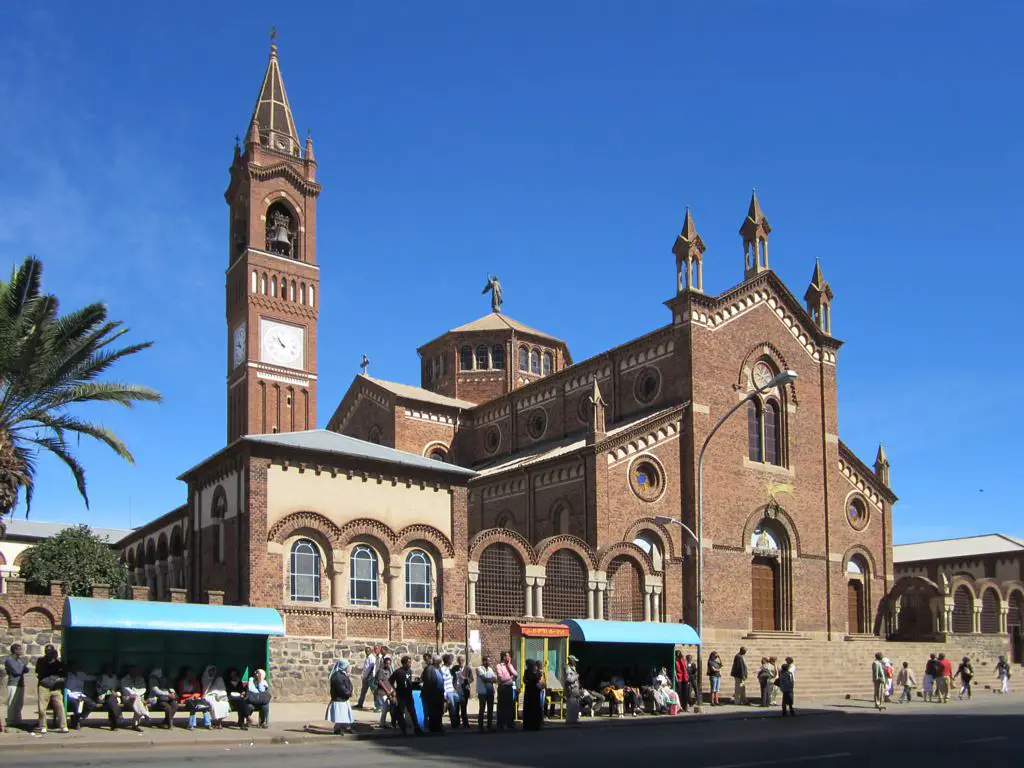
The Cathedral of Our Lady of the Rosary is a Roman Catholic cathedral located in the city of Duluth, Minnesota.
What to see or do: Visitors can explore the stunning architecture and stained glass windows of the cathedral, as well as attend Mass and special events held throughout the year.
Don’t miss: Make sure to take a moment to appreciate the beautiful pipe organ, which is one of the largest of its kind in the region.
Insider travel tips: Check the cathedral’s website for a schedule of Mass times and special events.
And, while you’re in the area, be sure to explore the nearby shops and restaurants of Duluth’s historic Canal Park district.
12. Mai Nefhi Dam
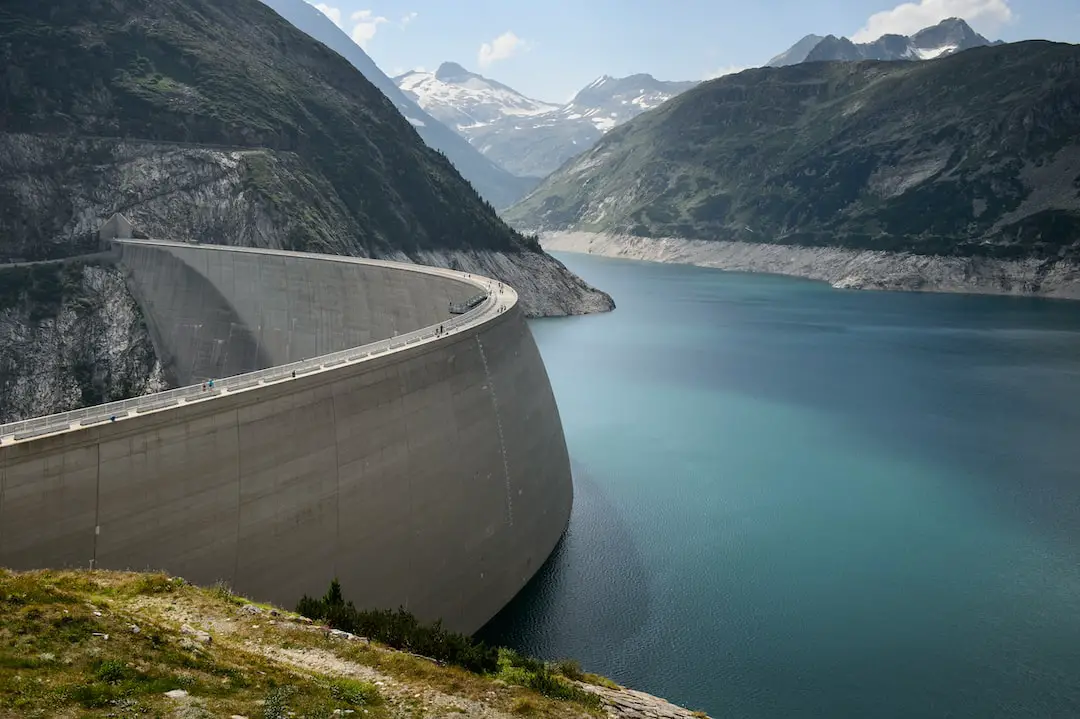
A dam located in Mai Nefhi, Eritrea.
What to see or do: Enjoy the beautiful scenery around the dam and take a walk or hike around the area.
Don’t miss: The opportunity to take a boat ride on the dam and visit the nearby Mai Nefhi Monastery.
Insider travel tips: Be sure to bring sunscreen and plenty of water if you plan on hiking or spending time outdoors. Keep in mind that the boat ride may not operate during certain times of the year due to water levels.
13. St
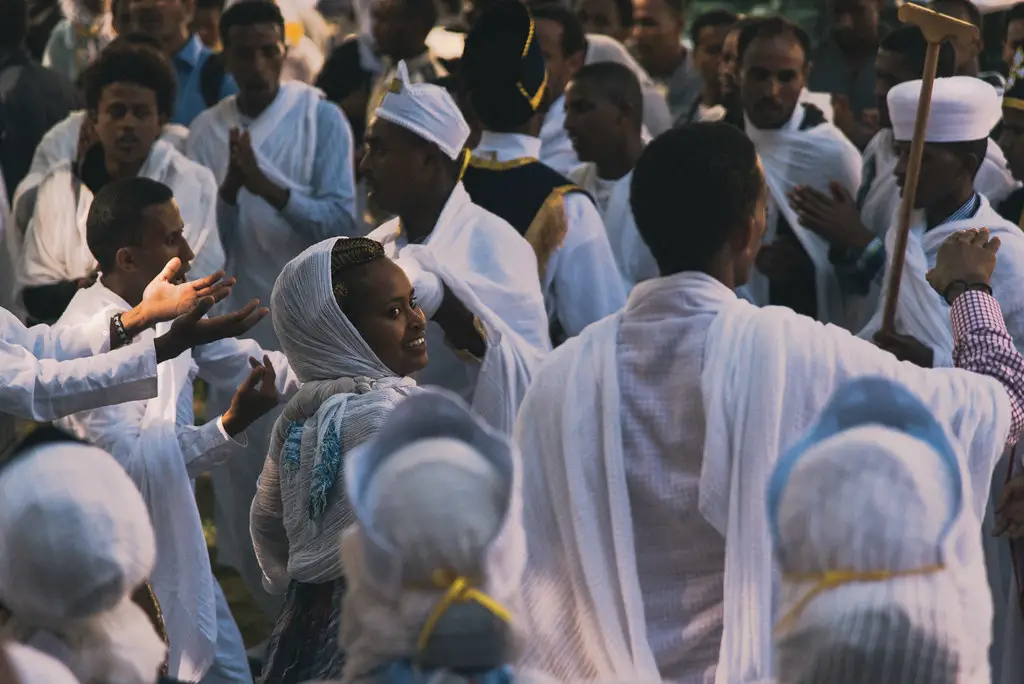
St. Petersburg, a city in Russia known for its history, culture, and stunning architecture.
What to see or do: Visit the Hermitage Museum, stroll along the Neva River, admire the Church of the Savior on Spilled Blood, explore the stunning Peterhof Palace and Gardens, attend a ballet or opera performance at the Mariinsky Theatre.
Don’t miss: Climbing to the top of St.
Isaac’s Cathedral for panoramic views of the city, trying traditional Russian cuisine at a local restaurant, taking a boat tour through the canals and waterways of the city.
Insider travel tips: Be sure to book tickets to major attractions in advance to avoid long lines, consider visiting in the off-season when crowds are smaller, and brush up on some basic Russian phrases to make getting around easier.
14. Debre Sina Monastery
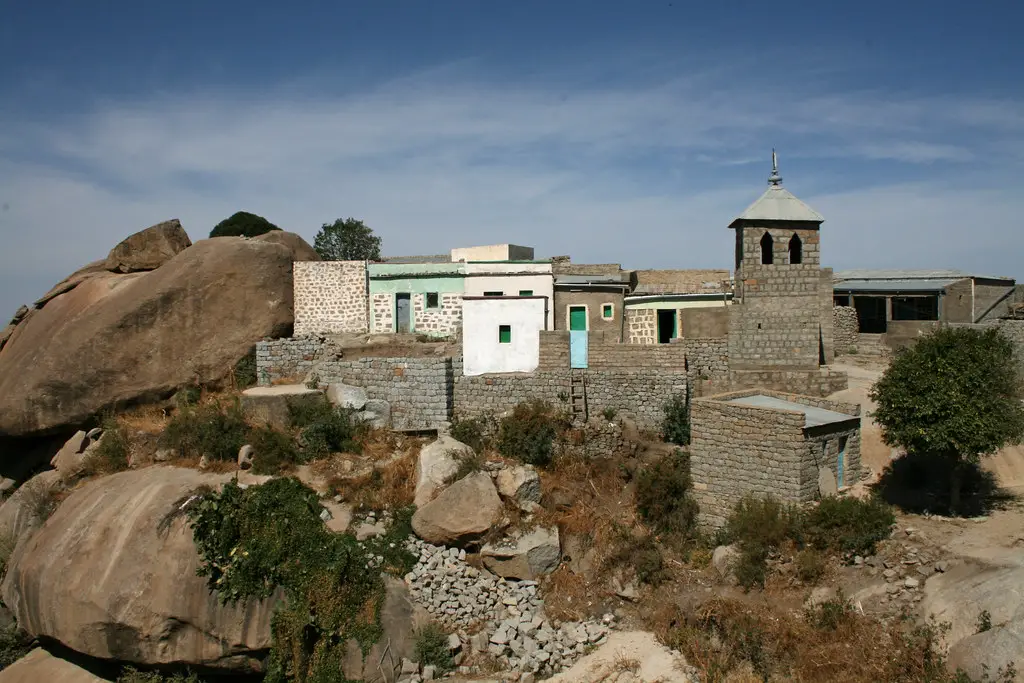
Debre Sina Monastery is a historic monastery located in the Amhara region of Ethiopia, perched on a hilltop overlooking the town of Debre Sina.
What to see or do: Visitors can explore the monastery’s ancient church, which houses important religious artifacts and colorful murals depicting biblical scenes. There is also an old library containing handwritten manuscripts, including a copy of the Four Gospels in Ge’ez.
Don’t miss: Don’t miss the chance to take in the stunning views from the hilltop where the monastery is situated. On a clear day, visitors can see for miles across the surrounding countryside.
Insider travel tips: It’s best to visit Debre Sina Monastery with a local guide who can help explain the significance of the church and its historical importance.
Also, note that modest dress is required for both men and women when entering the church, so be prepared to cover up appropriately.
15. Biet Golgotha Mikael Church
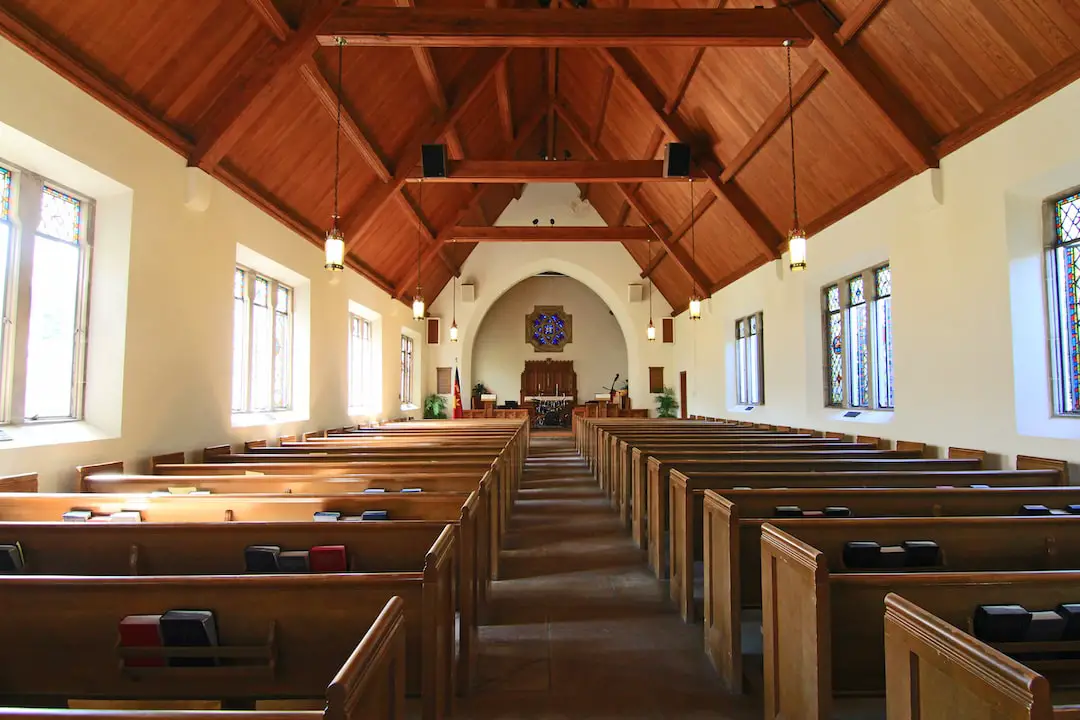
A historic and religious site located in Addis Ababa, Ethiopia.
What to see or do: Biet Golgotha Mikael Church is a small but significant church that is worth exploring. The church has a rich history and is known for its religious significance.
Visitors can admire the beautiful architecture and religious artwork that adorns the walls of the church, including stunning murals and icons that depict scenes from the Bible.
Don’t miss: Don’t miss the opportunity to witness the traditional Ethiopian Orthodox Christian worship service that takes place in the church. Visitors can observe the colorful rituals and music that accompany the service, providing a unique cultural experience.
Insider travel tips: When visiting Biet Golgotha Mikael Church, it is important to dress modestly and respectfully. As with most religious sites in Ethiopia, it is also customary to remove your shoes before entering the church.
Additionally, visitors should be aware that photography may not be allowed inside the church during certain times or during the worship service.
16. Al Khulafa Al Rashiudin Mosque
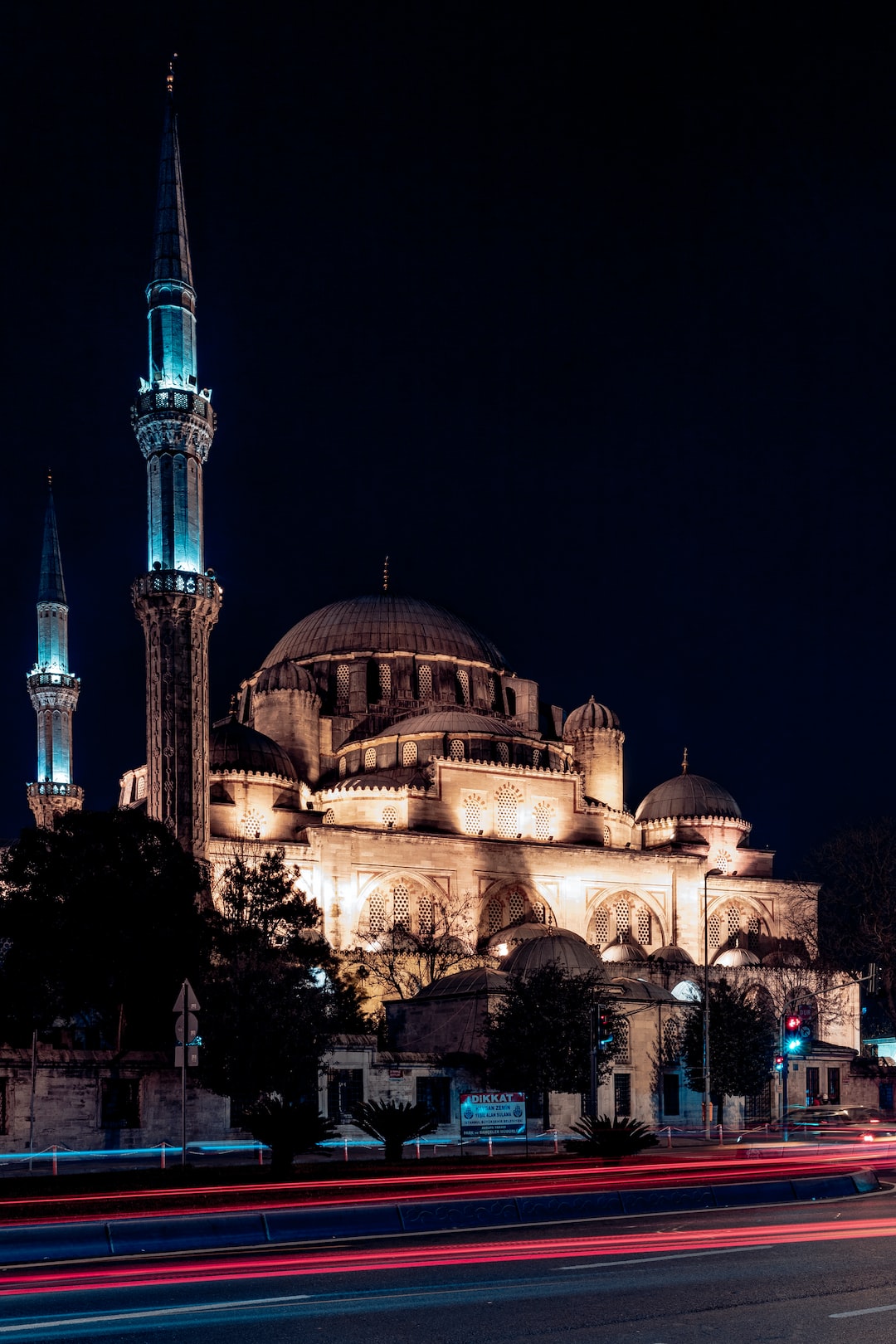
Al Khulafa Al Rashiudin Mosque is a stunning mosque located in the heart of Jeddah, Saudi Arabia.
What to see or do: The mosque is an architectural marvel that combines traditional Islamic design with modern construction techniques. Visitors can admire the beautiful exterior and interior of the mosque, take photos, and learn about Islamic culture and practices.
Don’t miss: Make sure to visit the main prayer hall, which is adorned with intricate geometric patterns and Islamic calligraphy. Also, don’t miss the beautiful courtyard and the stunning minaret.
Insider travel tips: It’s recommended to dress modestly out of respect for the religious significance of the mosque. Visitors should remove their shoes before entering the prayer hall and refrain from taking photos during prayer times.
Additionally, it’s best to visit during non-prayer times to avoid disrupting worshippers.
17. Monument to the Martyrs
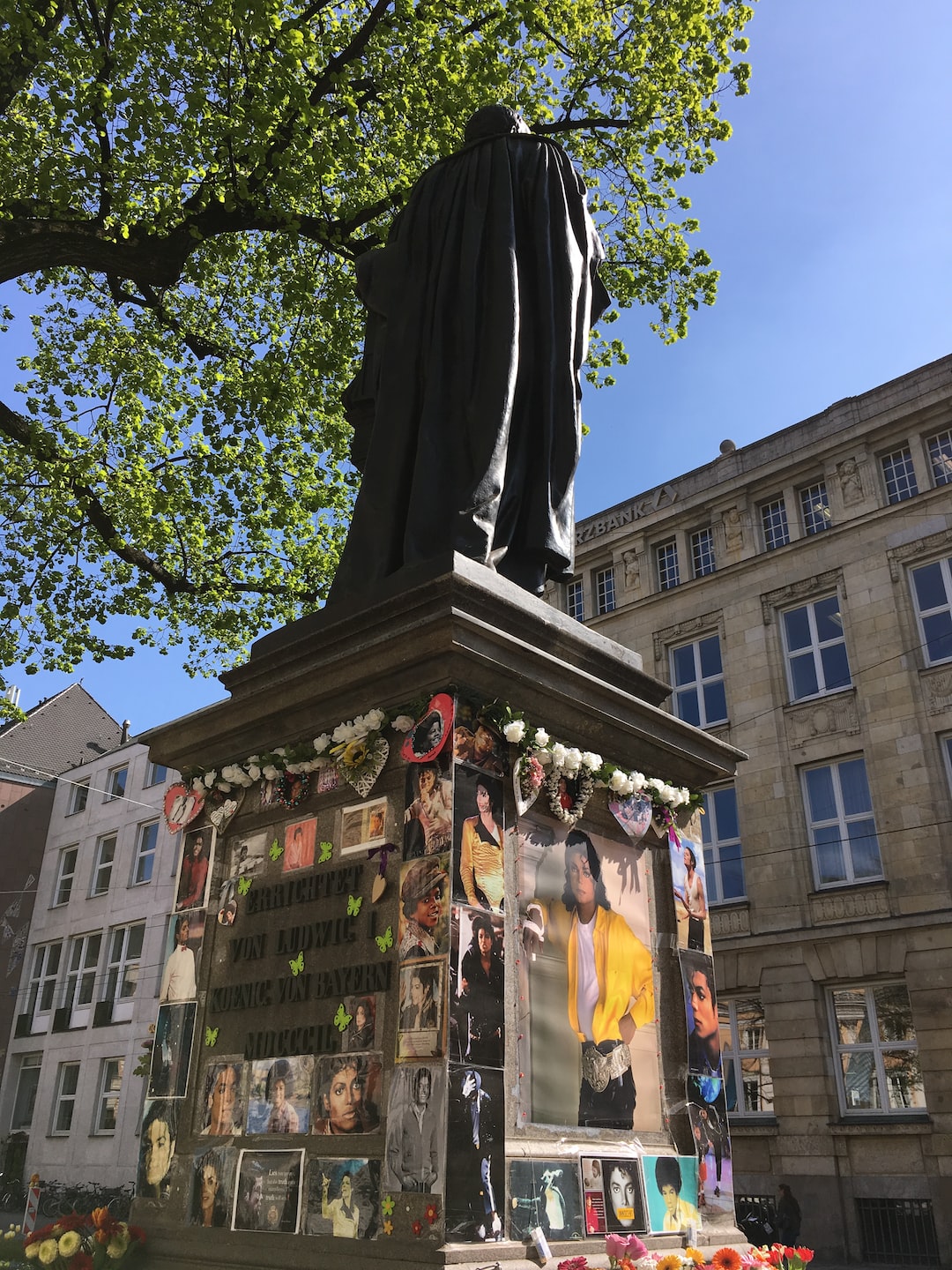
A historical monument in central Algiers honoring those who sacrificed their lives for Algerian independence from France.
What to see or do: Take a stroll through the Martyrs’ Memorial, an impressive structure that stands atop a hill overlooking the city. Visitors can explore the museum inside the complex, which showcases the country’s journey towards independence.
The panoramic view of Algiers is breathtaking, and visitors can also see the Bay of Algiers and the Mediterranean Sea from the memorial.
Don’t miss: The impressive flame that sits atop the monument, representing the eternal flame of freedom and independence. The monument is also a popular spot for locals to come and lounge on the grassy terraces surrounding the complex.
Insider travel tips: Visitors should wear comfortable walking shoes, as there are a lot of stairs to climb to reach the top of the hill.
Also, plan to spend a few hours at the monument to fully take in the museum and enjoy the beautiful views.
It’s best to visit in the morning or late afternoon to avoid the heat of the day.
18. Sembel Archaeological Site

Sembel Archaeological Site is an archaeological excavation site located in the capital city of Eritrea, Asmara.
What to see or do: Visitors can see the ancient remains of a pre-Aksumite civilization that existed in the Horn of Africa during the first millennium BC.
The site features a collection of fascinating artifacts including pottery, stone tools, and animal bones.
Don’t miss: The most impressive structure at Sembel Archaeological Site is the ancient temple, which is believed to have been a center for religious worship and ritual ceremonies.
The temple is a remarkable example of prehistoric architecture found in this region.
Insider travel tips: To fully appreciate the significance of Sembel Archaeological Site, it is recommended that you hire a local guide who can explain the history and importance of this site.
Additionally, visitors should note that the excavation site is located on a hilltop and requires a short uphill hike to reach.
Be sure to wear comfortable shoes and bring water.
19. Fanti Ghana Church
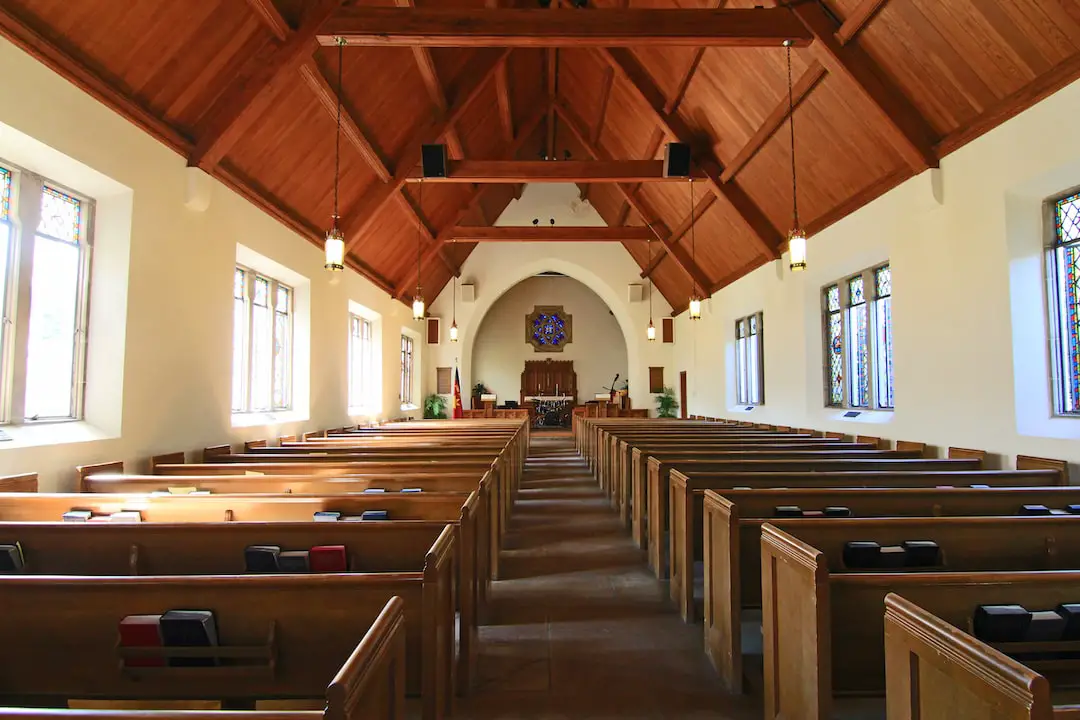
A historic church located in Cape Coast, Ghana, built by the Fanti people in the late 1800s.
What to see or do: Admire the unique blend of Fanti, European, and Islamic architectural styles. Attend mass services or other religious events.
Don’t miss: The elaborate frescoes adorning the interior walls and ceiling, depicting biblical scenes and African cultural motifs.
Insider travel tips: Be respectful of the church’s significance to the local community and its status as an active place of worship. Dress modestly and follow all posted rules and regulations.
20. Sahaba Mosque Massawa
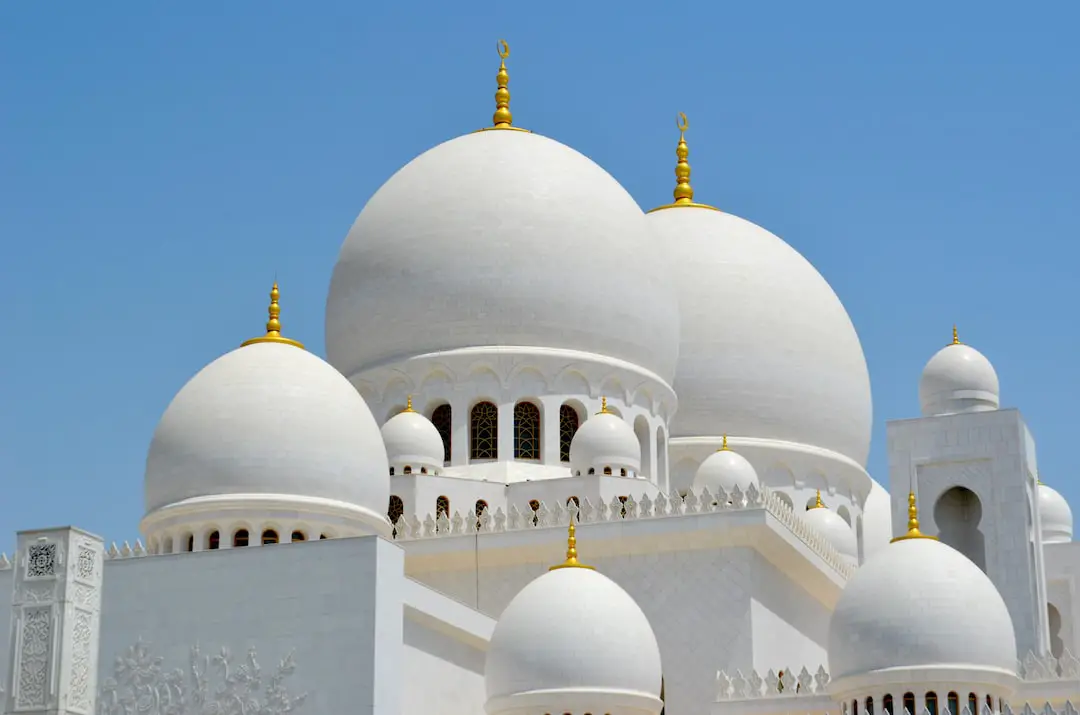
Sahaba Mosque is a historic mosque located in the city of Massawa in Eritrea.
What to see or do: Visitors can admire the unique architectural style of the mosque, which combines Islamic and Ottoman influences. The main prayer hall is adorned with beautiful calligraphy and intricate geometric designs.
It is also a great place to witness the Muslim community’s daily prayers and rituals.
Don’t miss: Don’t miss the stunning view of the Red Sea from the mosque’s rooftop. Visitors can enjoy a peaceful atmosphere while taking in the panoramic views of the city and sea.
Insider travel tips: – Dress modestly when visiting the mosque and remove your shoes before entering.
21. Emba Soira
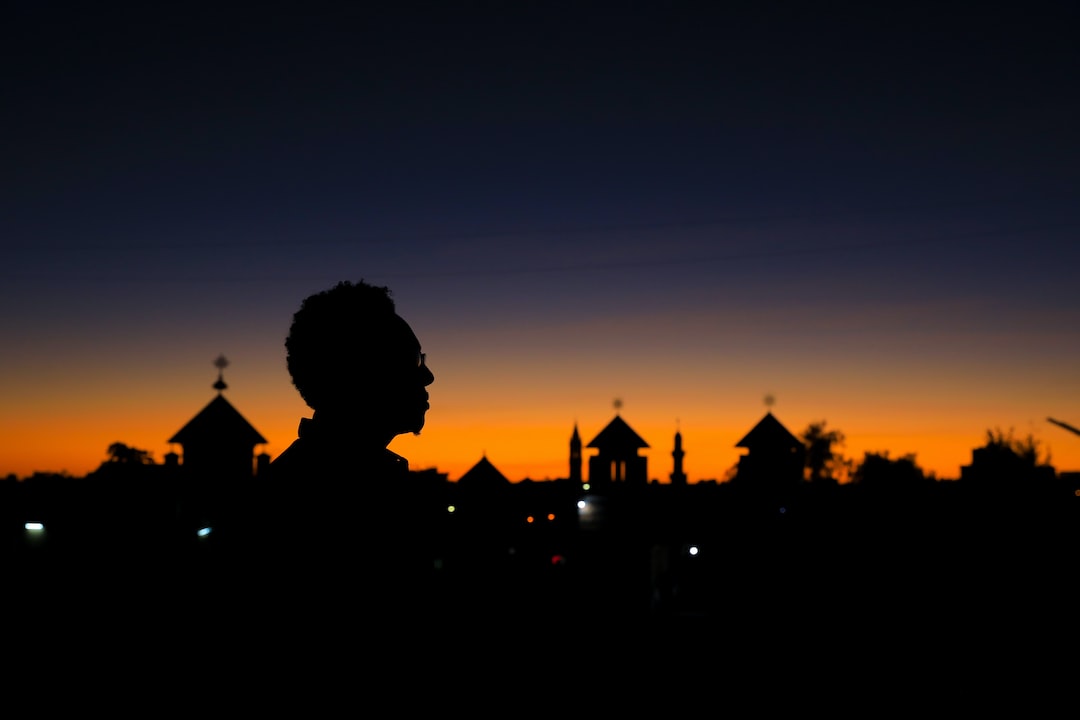
Emba Soira is a mountain located in the Tigray region of Ethiopia.
What to see or do: Emba Soira offers breathtaking panoramic views of the surrounding landscapes. It’s a popular destination for hiking and trekking enthusiasts, who enjoy the challenging trails leading up to the summit.
Visitors can also spot numerous species of wildlife and flora along the way.
Don’t miss: The sunrise and sunset views from the summit are truly spectacular, making it a must-see for travelers.
Also, there is a small village near Emba Soira where visitors can experience the traditional way of life in the area.
Insider travel tips: Emba Soira is situated at an altitude of 3,185 meters, so visitors should acclimatize to the altitude before attempting the summit hike.
Additionally, travelers should pack warm clothing, as the temperature drops significantly at night.
Local guides are available to lead visitors on the hiking trails and provide valuable insight into the local culture and traditions.
22. Nakfa
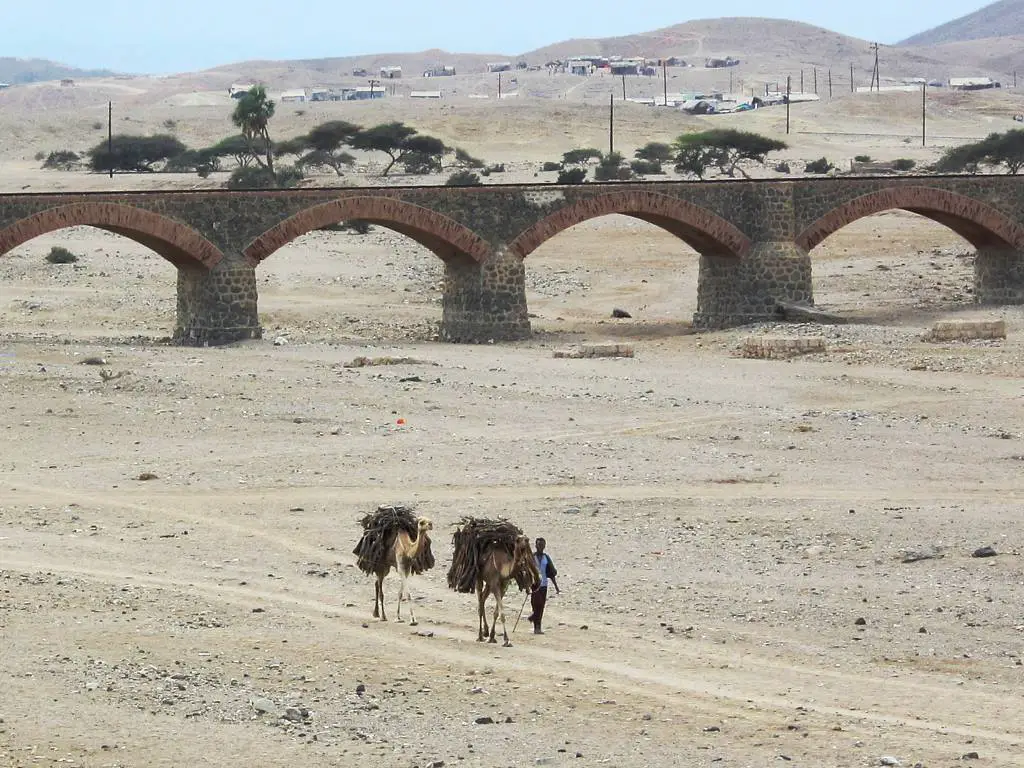
A town located in the northern region of Eritrea.
What to see or do: Visit the Nakfa Museum to learn about the town’s history and its role in the Eritrean struggle for independence. Take a walk through the town’s narrow streets and admire the traditional Tigrayan-style architecture.
Explore the nearby mountains and caves, which served as refuge for Eritrean fighters during the war.
Don’t miss: The Nakfa currency, which was named after the town and used as the national currency in Eritrea until 1997. The currency had a unique design and was printed on durable material to withstand the country’s harsh climate.
Insider travel tips: Visit during the cooler months (October to February), as Nakfa can get quite hot during the summer. Be respectful of the town’s history and avoid taking photos of military checkpoints or soldiers.
Bring cash, as there are no ATMs or banks in Nakfa.
23. Keren War Cemetery
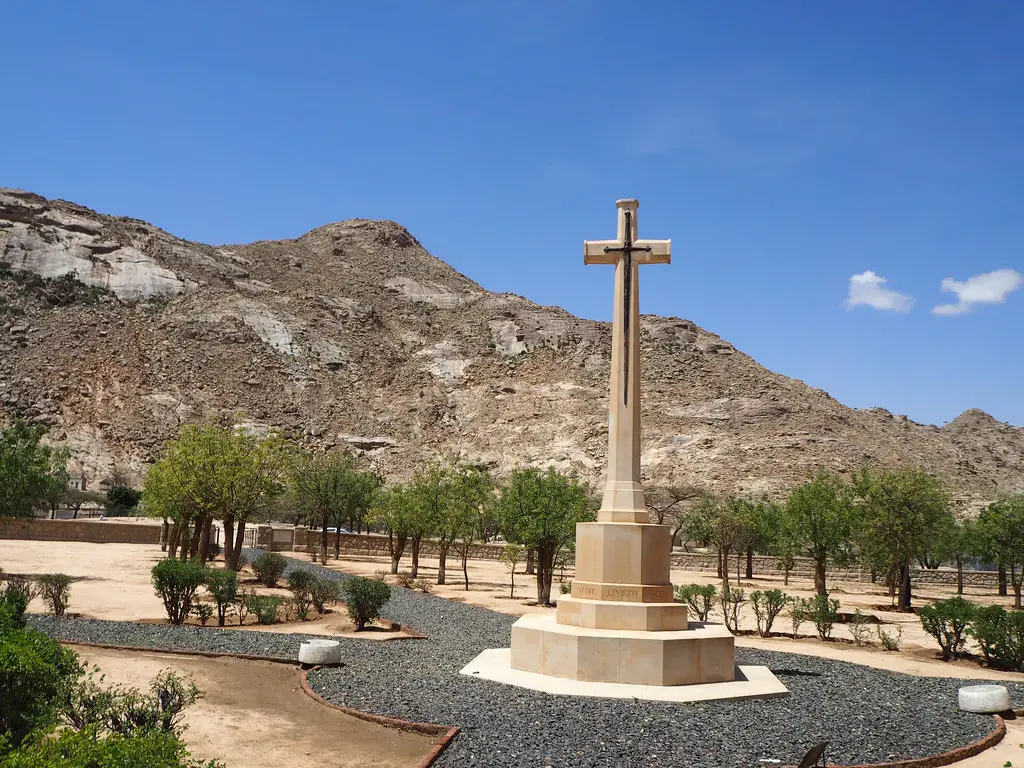
Keren War Cemetery is a final resting place for soldiers who lost their lives during the Eritrean War of Independence.
What to see or do: Visitors can explore the well-maintained cemetery with neatly arranged graves of Commonwealth soldiers who perished in the battles of the region.
The cemetery houses more than 4,000 graves, and each grave is inscribed with the deceased soldier’s name, unit, and the date of death.
Don’t miss: A memorial at the entrance of the cemetery reminds visitors of the sacrifices of soldiers from the African, Indian, and British armies who fought for the liberation of Ethiopia.
The nearby museum displays an extensive collection of military artifacts and photographs from the time of the war.
Insider travel tips: Bring an umbrella or hat as the weather is hot and dry.
24. Demheka Dam
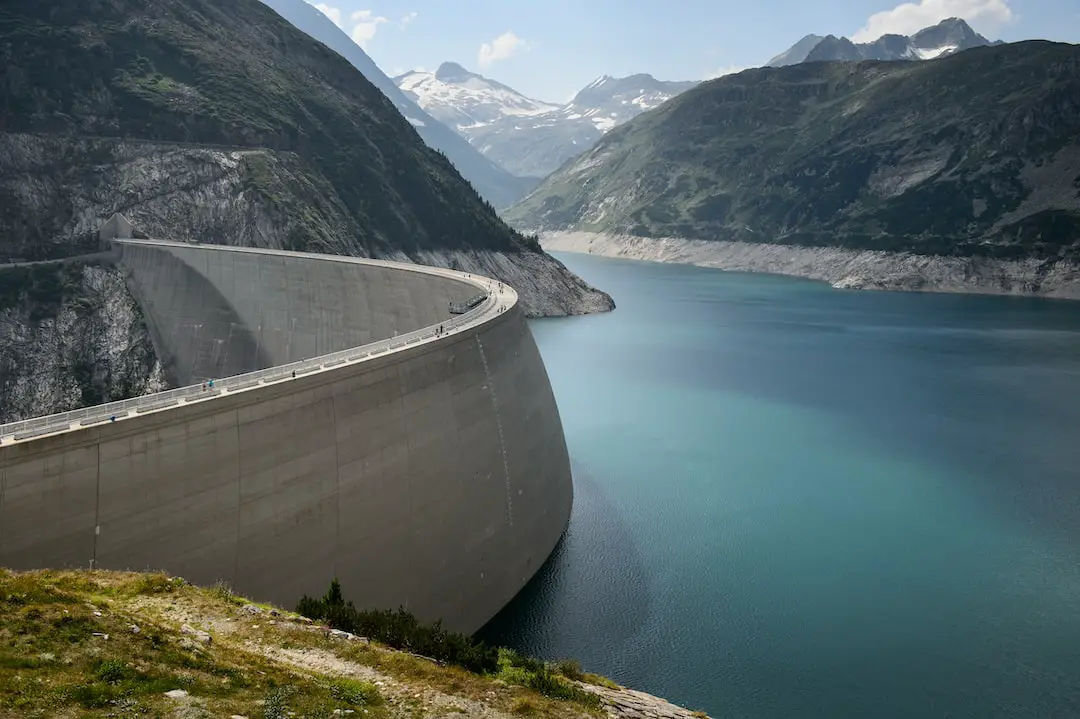
Demheka Dam is a large hydroelectric dam located on the Blue Nile River in Ethiopia.
What to see or do: Visitors can enjoy viewing the massive dam structure and the reservoir that it creates. Boat tours are available for those who want to explore the vast waters of the reservoir.
Don’t miss: Make sure to take in the stunning views of the surrounding landscape, including the nearby mountains and verdant forests.
Insider travel tips: To fully appreciate the scale of the Dam, it’s best to take a guided tour or hire a local expert who can highlight its most impressive features.
Visitors should also be aware of the potential for high levels of humidity during the warmer months and plan accordingly.
25. Mereb River

Mereb River is a river in Ethiopia that runs for about 480 km, from its source in the Ethiopian Highlands to its confluence with the Setit River, forming the Sudan-Ethiopia border.
What to see or do: The Mereb River offers beautiful scenery along its banks, with lush vegetation and diverse wildlife. It is also an important source of water for irrigation and farming in the region.
You can take a leisurely walk along the river banks or enjoy a picnic while taking in the views.
Don’t miss: If you visit the Mereb River, don’t miss the opportunity to visit the nearby town of Adwa, where the historic Battle of Adwa took place in 1896.
The battle was a turning point in Ethiopian history, marking the first time an African army defeated a colonial power. You can visit the museum dedicated to this event and learn more about the history of Ethiopia.
Insider travel tips: -Make sure to bring sunscreen and a hat, as the area can get quite hot.
26. Buri Peninsula
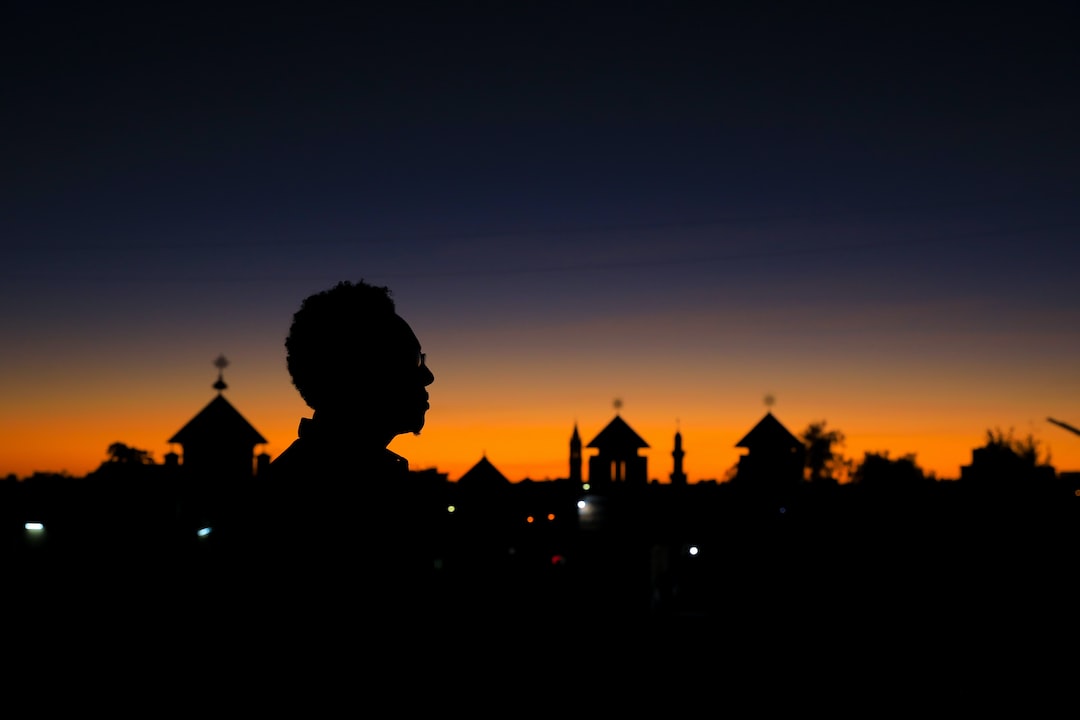
A scenic peninsula located in Miyagi Prefecture, Japan.
What to see or do: Visit the seaside town of Matsushima, famous for its picturesque bay dotted with tiny pine-covered islands. Take a boat tour to see the islands up close.
Explore the historic temples and shrines, such as Zuigan-ji and Godaido, and learn about the area’s rich cultural heritage. Take a walk along the scenic Fukuurajima Walking Trail, which offers stunning views of Matsushima Bay.
Don’t miss: The iconic “Zuigan-ji Dragon” ceiling painting in Zuigan-ji Temple, which dates back to the 17th century and features a coiled dragon painted with gold leaf.
Insider travel tips: Avoid visiting during peak tourist season (July-August) to avoid crowds and high prices.
If you’re looking for a unique experience, stay in a traditional ryokan (Japanese inn) and enjoy local specialties like oysters and sea urchin.
Be sure to try the local sake, which is made with water from the nearby Kurikomayama Mountains and has a distinct aroma and flavor.
27. Qohaito Archaeological Site

Qohaito Archaeological Site is an ancient city located in the Debub region of Eritrea, Africa. It was once a major commercial center and religious site during the Aksumite Empire.
What to see or do: Visitors to Qohaito can explore the ruins of the ancient city, which include temples, tombs, residential buildings, and defensive walls. There are also several rock art sites and a unique underground reservoir system.
Don’t miss: One of the highlights of Qohaito is the Great Temple, which dates back to the 3rd century BCE and is thought to have been dedicated to the god Satis.
Visitors can also see the Victory Stele, a towering stone monument that commemorates the Aksumite victory over the Beja people.
Insider travel tips: Be sure to wear comfortable shoes and clothing, as the terrain at Qohaito can be rugged and uneven. It’s also a good idea to bring sunscreen and plenty of water, as temperatures can be high.
Visitors should also be aware that there are currently no facilities or services at the site, so it’s important to bring any necessary food or supplies with you.
28. Greenbelt Bridge
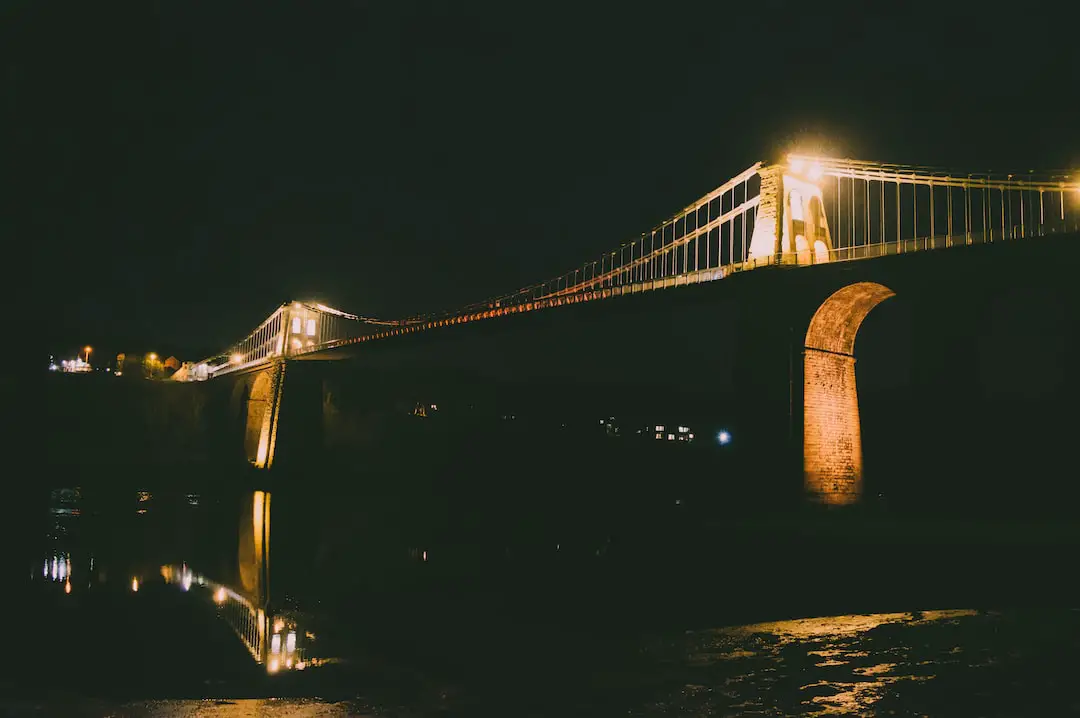
The Greenbelt Bridge is a pedestrian and bicycle bridge that spans the Boise River in Boise, Idaho.
What to see or do: Take a walk or bike ride across the bridge to enjoy the stunning views of the Boise River and the surrounding area.
With a length of 1750 feet and a height of 72 feet, the bridge offers a breathtaking panorama of the region.
Don’t miss: Don’t forget to take some photos of the beautiful views while you are on the bridge. The bridge also offers a unique perspective of the beautiful foliage of the surrounding area, especially during autumn.
Insider travel tips: Plan your visit in the early morning or late afternoon to avoid the crowds and the heat of the day. To experience the beauty of the bridge illuminated at night, visit after sunset.
Additionally, be sure to wear comfortable shoes and bring plenty of water, especially during the summer months.
29. Da’aro micro-dam
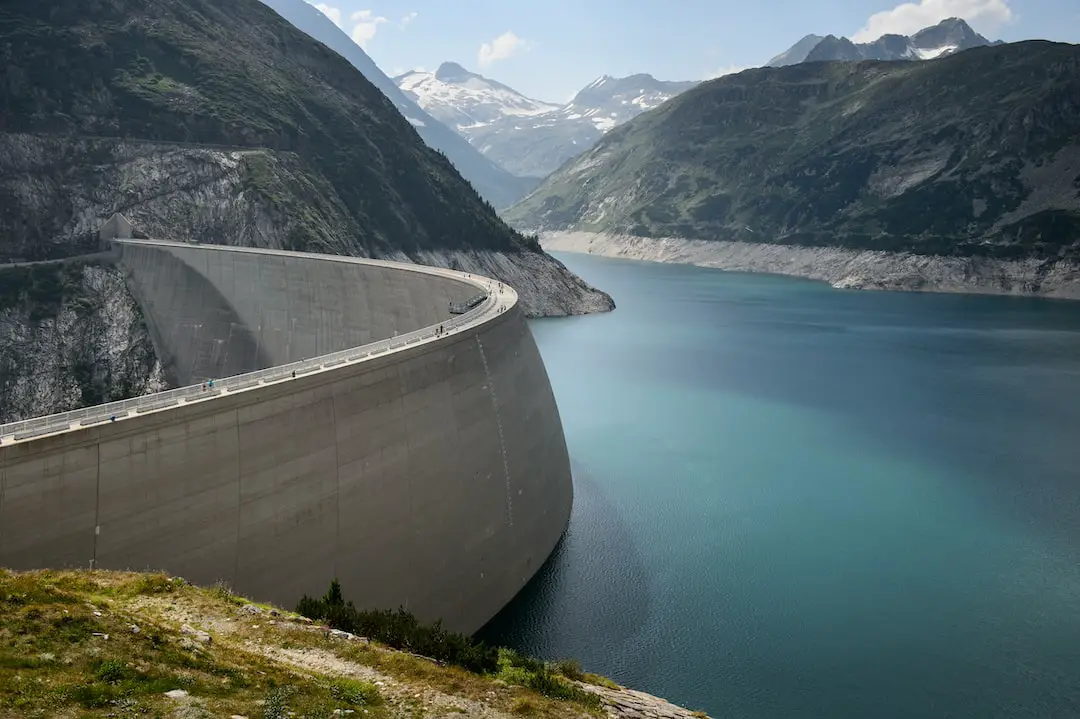
Da’aro micro-dam is a small dam located in the Tigray region of Ethiopia.
What to see or do: The primary purpose of the dam is to collect water for irrigation and electricity generation, but visitors can also enjoy walking around the scenic area and taking in views of the surrounding landscape.
Don’t miss: If you’re lucky, you may be able to see some of the local wildlife in the area, such as baboons and birds.
Insider travel tips: It’s best to visit Da’aro micro-dam during the rainy season (July-September) when the dam is full and the surrounding vegetation is lush and green.
Be sure to wear comfortable walking shoes and bring plenty of water and sunscreen, as the area can be quite hot and dry.
Additionally, it is important to respect the local customs and traditions when visiting the area.
💪 Support independent web, support us:
